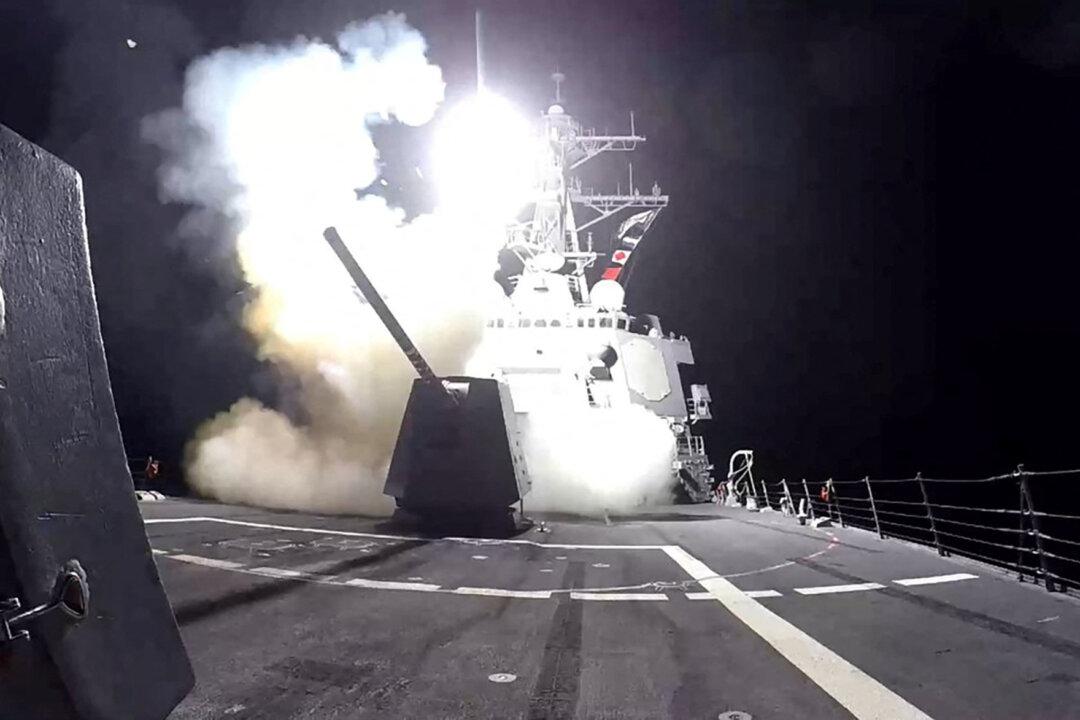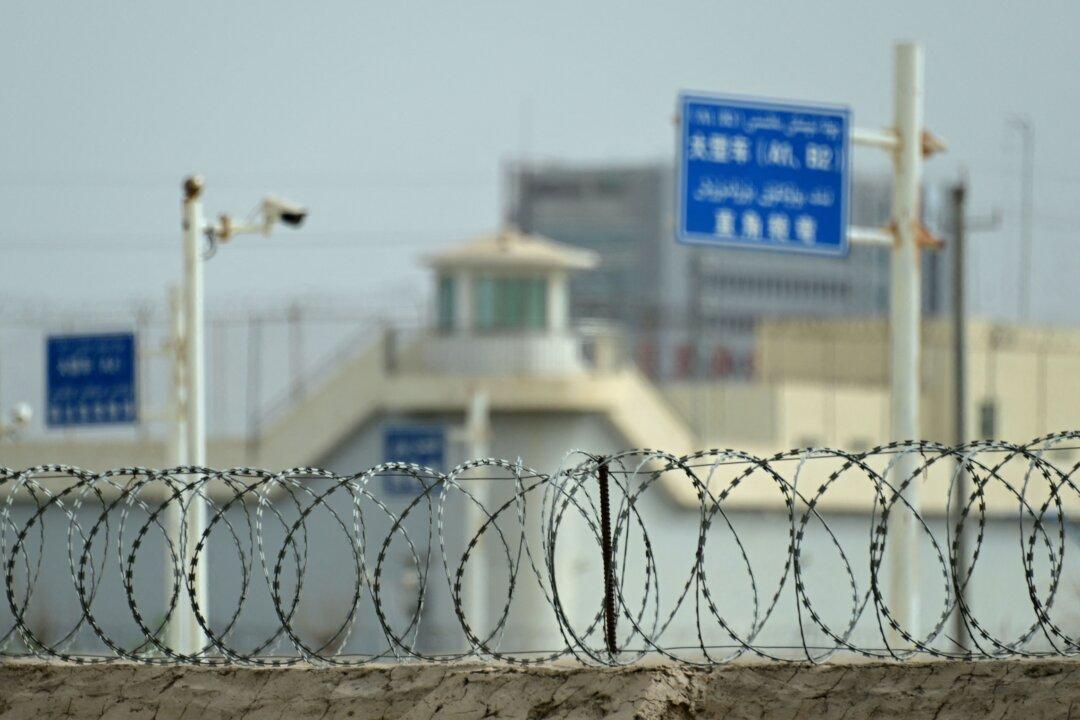U.S. armed forces carried out seven “self-defense strikes” against Houthi targets in Yemen on Feb. 8, as the Iranian-backed group renewed its attacks on ships in the Red Sea.
The strikes targeted four Houthi unmanned surface vessels and seven mobile anti-ship cruise missiles that were prepared for launch against ships in the Red Sea, the U.S. Central Command (CENTCOM) said in a statement.





